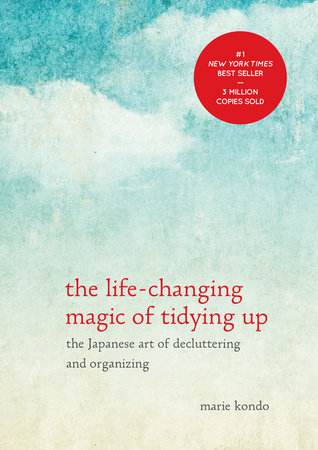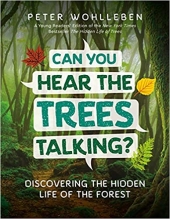
 1
1





 4
4











 3
3




 .
.
 1
1











 1
1








It's time to get positive about negative thinking  -Art Donnelly
-Art Donnelly
 1
1




nancy sutton wrote:Might also consider St. Vincent de Paul... they also offer classes for immigrants and other needy folks.
I hope this decluttering doesn't apply to the typical gardeners', permies' etc. 'boneyard' aka 'junk corner' where all the odds and ends that might be useful (and usually are) for something or other. I love mine... I've reused so many items, after pondering my trash/treasure pile inspired a stroke of genius ?)







 5
5




“Enough is as good as a feast"
-Mary Poppins
 3
3









 2
2




Cassie Langstraat wrote:Yeah Salvation Army is a great place to give to!
Follow some of my adventures in writing here and pick up my cookbook/guide to radio drama Box 13 here

 5
5





QuickBooks set up and Bookkeeping for Small Businesses and Farms - jocelyncampbell.com
 6
6




Vera Stewart wrote:
Another negative aspect on the book, which may simply be a result of poor translation, is that Ms. Kondo frequently seems to advise that what you don't want anymore should be thrown out. Into the garbage.
This made me complain out loud a few times while reading the book, and I do wonder if it was intended or not, because surely the translator would of asked if she meant "into the trash" versus "recycling" or "put it in the donation box" - these are surely different things in Japanese as well as in English!
 3
3




Moderator, Treatment Free Beekeepers group on Facebook.
https://www.facebook.com/groups/treatmentfreebeekeepers/









![Filename: kondo.jpg
Description: [Thumbnail for kondo.jpg]](/t/53044/a/95193/kondo.jpg)




Southern Ontario, Canada
www.smallbones.ca
 1
1




 1
1




Southern Ontario, Canada
www.smallbones.ca
 2
2




You can see with only one eye open, but you'll probably run into things and stub your toe. The big picture matters.

|
Don't count your weasels before they've popped. And now for a mulberry bush related tiny ad:
Support permies and give beautiful gifts to gardeners: permaculture playing cards.
https://gardener-gift.com/
|








